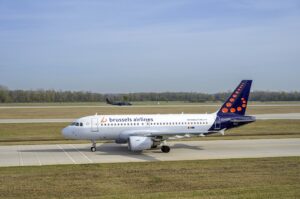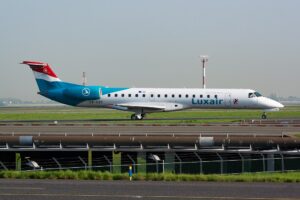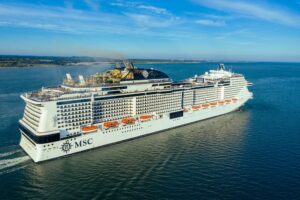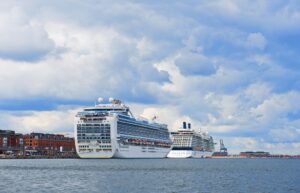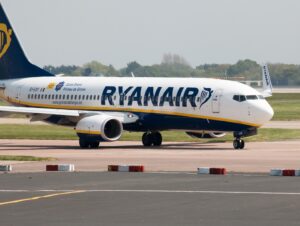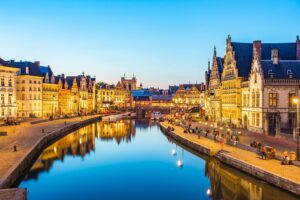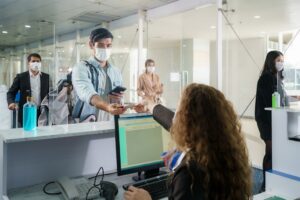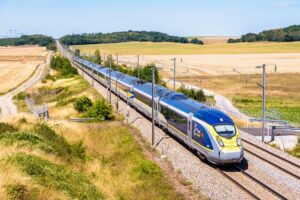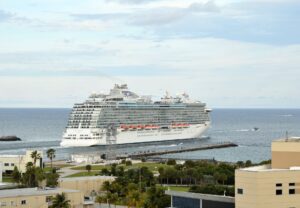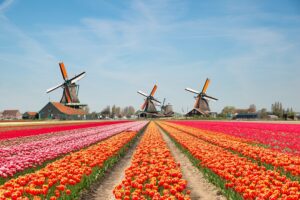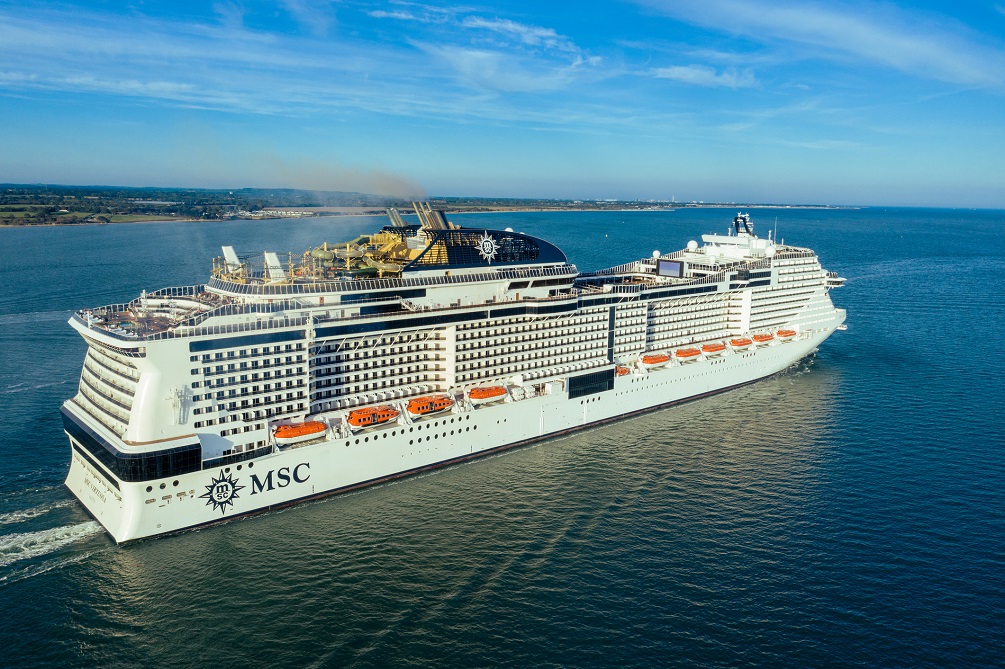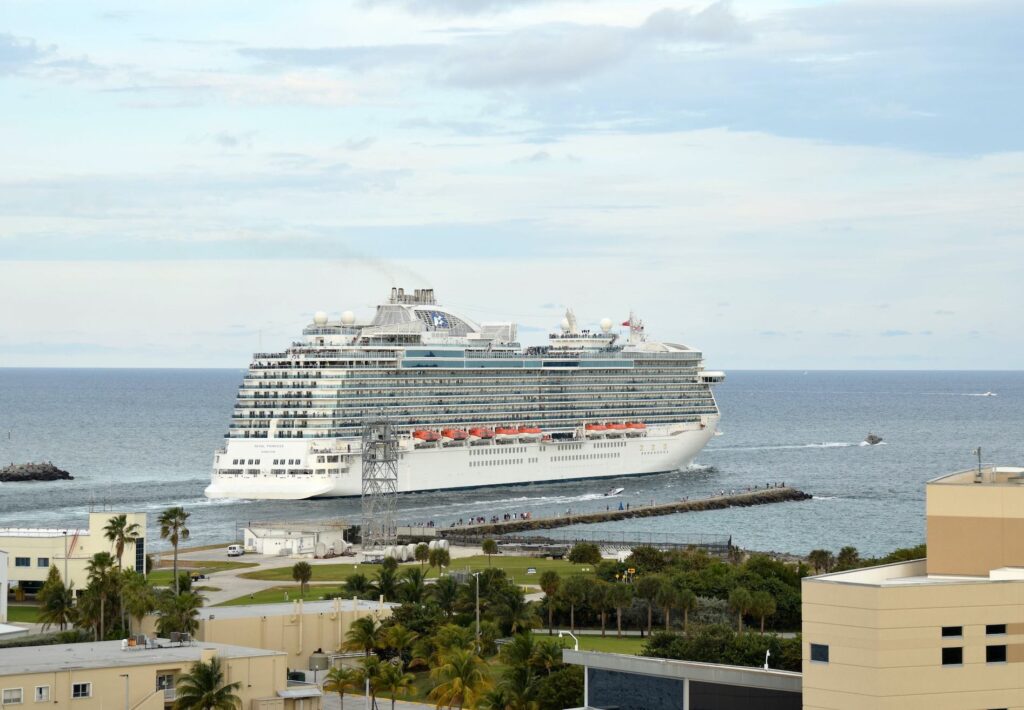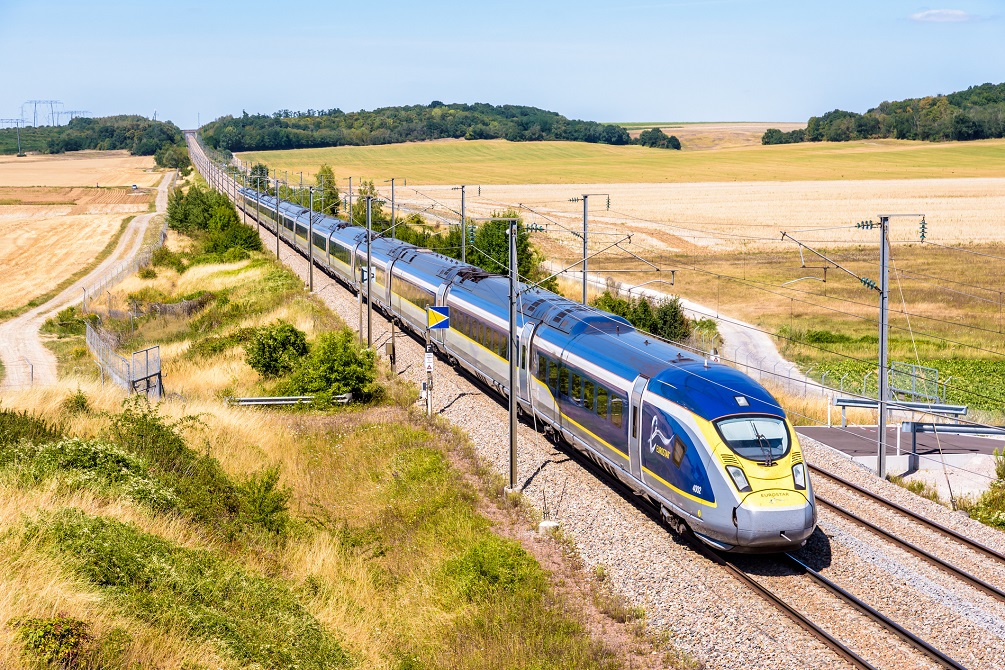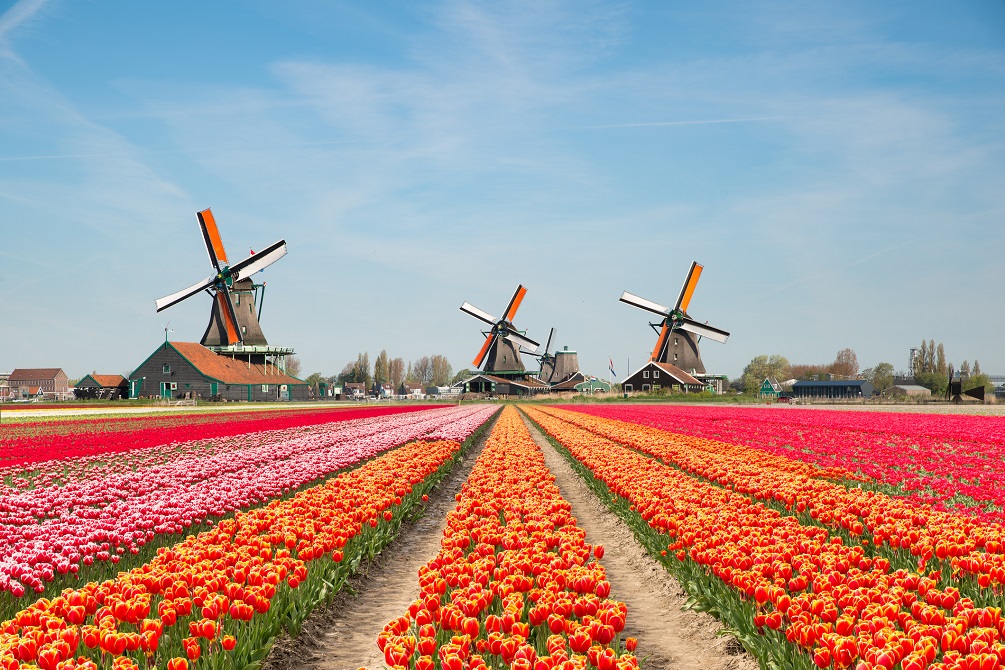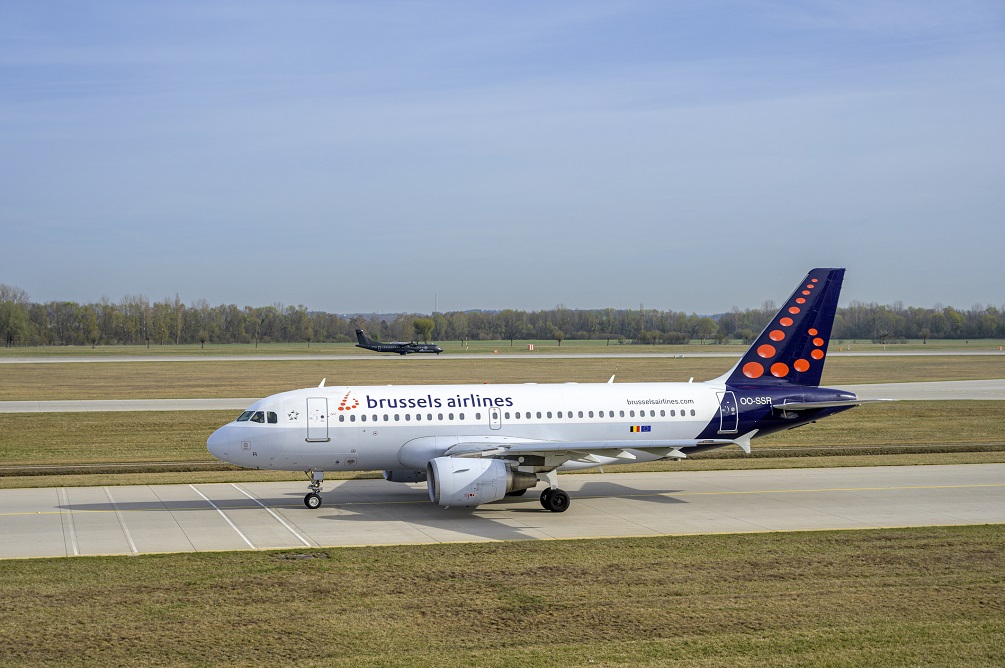Belgium
The Kingdom of Belgium features enchanting scenery, a captivating heritage and hearty food fit for royalty.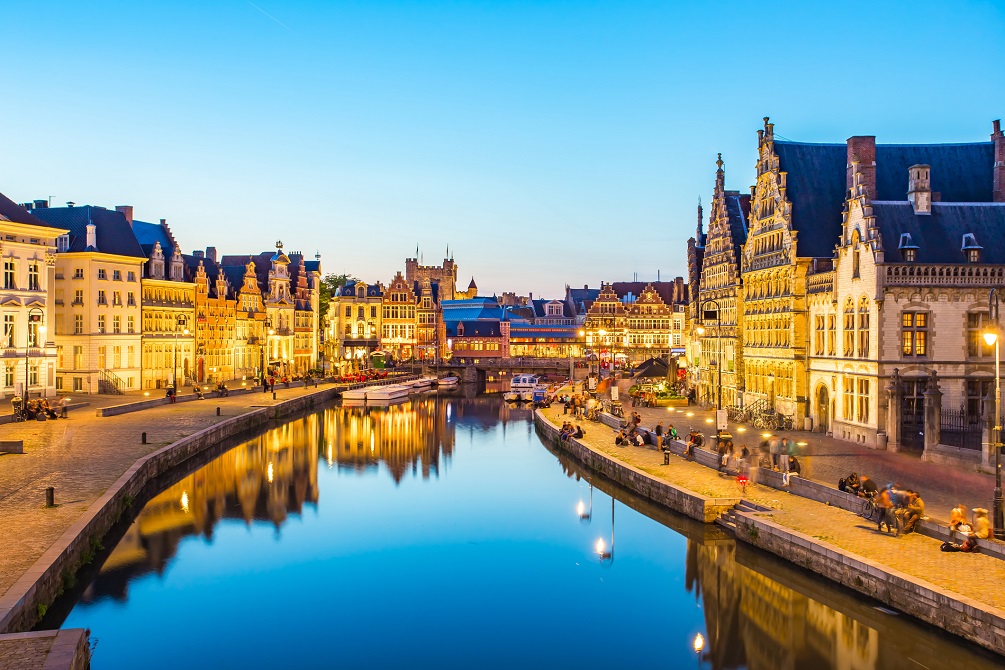
Nestled in the north of the European landmass beside the North Sea, Belgium is far from ordinary. Despite being the smallest and most densely populated country on the continent, it’s multicultural and multilinguistic.
Most of Belgium’s population comprises EU-born residents, but there are many foreigners from North and Central Africa, Southwest Asia, and the Middle East.
Belgium has a rich cultural scene defined by festivals, exhibits, theatre, and dances. There are various carnivals and seasonal celebrations hosted annually.
History buffs can have a wonderful experience exploring over 3000 castles and numerous museums dotted around the country.
Foodies can indulge to their heart’s content in Belgium’s culinary delights, great beer, and fine chocolates. There are a thousand breweries to explore and a range of beers to sample.
Naturists will adore the Ardennes, the verdant heart of Belgium, where hiking and outdoor sports can never disappoint.
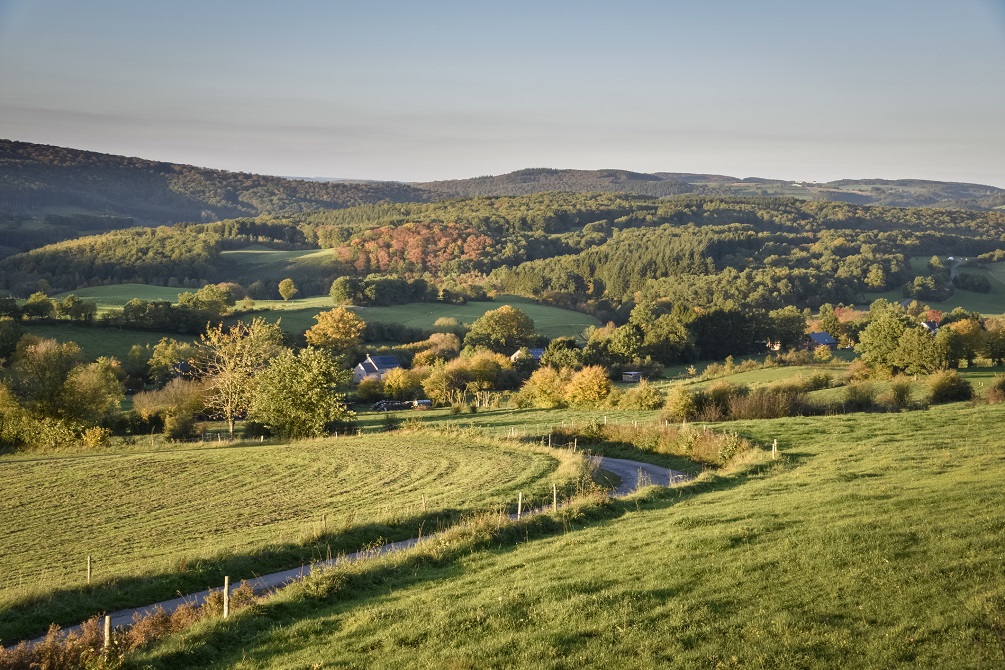


Belgium lies in North-western Europe beside the Atlantic Ocean. It shares a border with the Netherlands to the north, Germany to the east, Luxembourg to the southeast, and France to the south. Its coast lies on the North Sea.
Three regions make up Belgium: the Flanders in the north, the Walloon in the south, and the Brussel-capital area roughly at its centre.
Belgium is a low-lying country with three significant geographic characteristics. On its shoreline is a coastal plain marked by sand dunes and polders, while the central regions lie on a plateau. Both the coastal plain and central plateau belong to the Anglo-Belgian basin.
The coastal plains along the Atlantic extend into a hilly landscape in the country’s southeast where the thickly forested and mountainous Ardennes lies. The capital, Brussels, is in the central plateau.
Several canals wind through Belgium’s landscape, connecting to the many river systems flowing north-eastward.
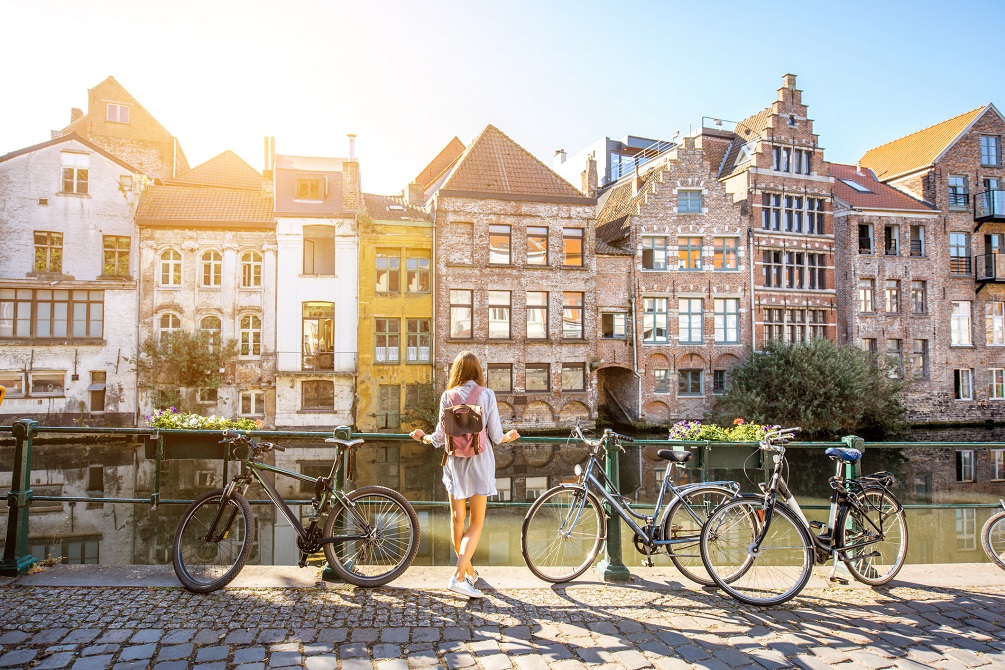


Belgium has an oceanic climate, resulting from its proximity to the Atlantic Ocean. However, this climate is only unique to certain parts of the country.
Because of changes in elevation and distance from the Atlantic, the climate changes slightly as you travel inland. The weather is tropical, with significant seasonal temperature variations.
Lying roughly at the heart of the country, Brussels experiences a mean maximum temperature of approximately 22 °C (71 °F) in July and a mean minimum temperature below 0 °C (32 °F) in January.
Like most countries in northwest Europe, precipitation is generous in Belgium, averaging 30 to 40 inches (750 to 1,000 mm) a year.
The coldest region is the Ardennes in southeast Belgium, which also receives the most rainfall. The Flanders region in the north experiences much warmer weather throughout the year. By the coast, it’s generally hot with low rainfall.
Winters (November to March) in Belgium are wet and cool with frequent fogs. The average temperature can be about 3 to 7 °C (37 to 45 °F). Canals freeze over and transform into ice skating rinks, which is perfect if you love cold weather and skiing.
The Belgium Christmas market and the carnivals in regions around Stavelot and Binche occur during winter.
Summer (July to August) has warmer but mild weather. The average temperature ranges from 20 to 25 °C (60 to 77 °F). During this season, expect crowds, since most people are on vacation, and high prices on accommodation and flights.
If you want to catch a Belgian festival, like the Ghent Film Festival or Tomorrowland, summer is prime.
Spring and fall are the best times to visit Belgium because the weather is pleasant enough to wander around the country. Hues of scarlet, gold, and yellow cloak majestic hillsides and fresh blossoms sprout across the land.
It’s less crowded during spring and fall and there’s plenty to do. You can attend the Brussels Film Festival or the Jazz Marathon. You’ll also be able to immerse yourself more in the culture and traditions of the country. Fall is best for hiking and trekking in the mountainous regions of the Ardennes.
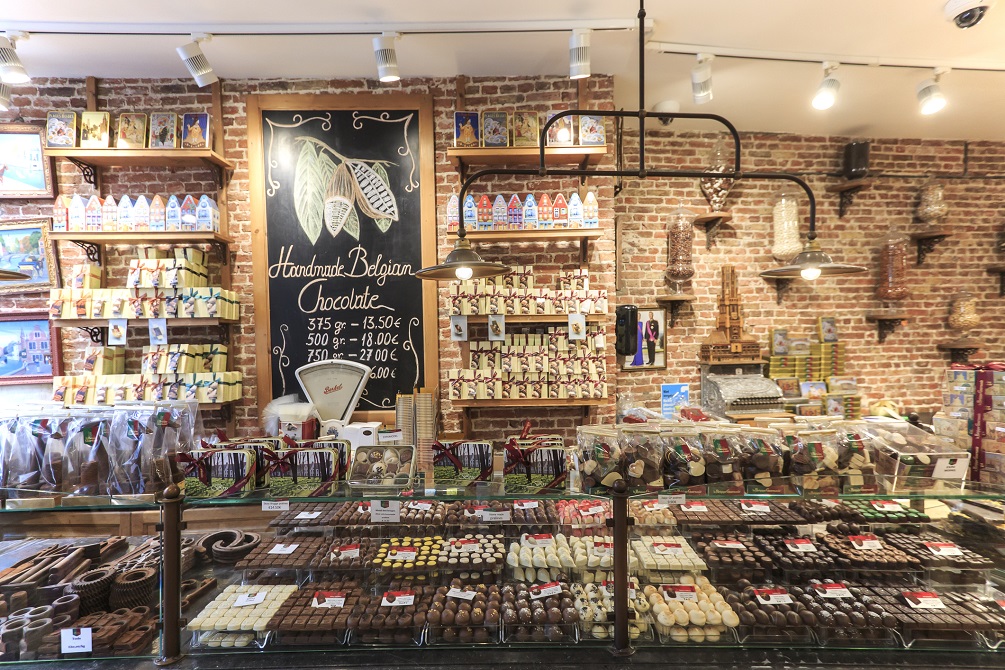


Belgium cuisine is more than waffles and moules frites (mussels served with french fries).
By the seaside, you can indulge in shrimp croquettes or tomatoes stuffed with shrimp. In the south, try a Liège-style salad with beans, bacon, and potatoes or rabbit sauce meatballs, with Liège syrup and brown sugar.
Traditional Belgian dishes are hearty. Flemish beef stew, stewed eel in a green herb sauce, and rabbit braised in Gueze are some meals worth trying.
Other local delicacies include whelks, stoemp (mashed potatoes with vegetables), and french fries with mayonnaise.
Belgian chocolate is renowned around the world, with the most popular brands being Neuhaus, Côte d’Or, and Godiva. Belgium also produces some of the best beer.
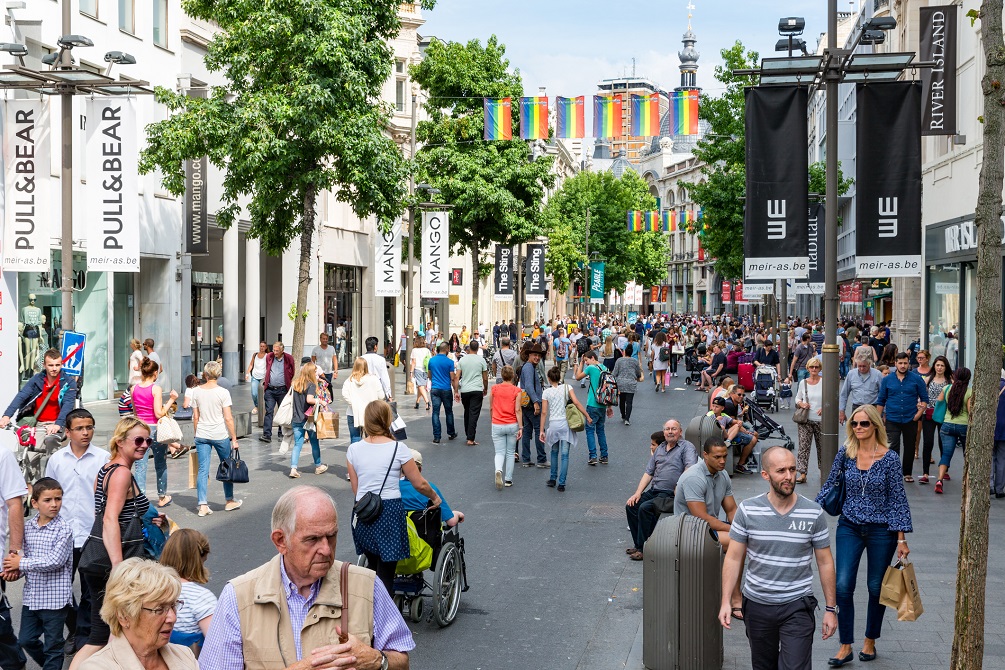


The time of year you’re travelling to Belgium dictate what you should wear.
If you’re travelling in summer, light and breathable clothing is best. You can pack shorts, t-shirts, dresses, or skirts—any garments that won’t be stifling. The same goes for spring as the season gears up for the warmth of summer.
Winters in Belgium aren’t as cold compared to other European countries, but you should dress in layers. Pack coats, gloves, scarves, and a good pair of boots with thick rubber soles.
For a fall trip, ensure you pack a light winter jacket to account for fluctuating temperatures.
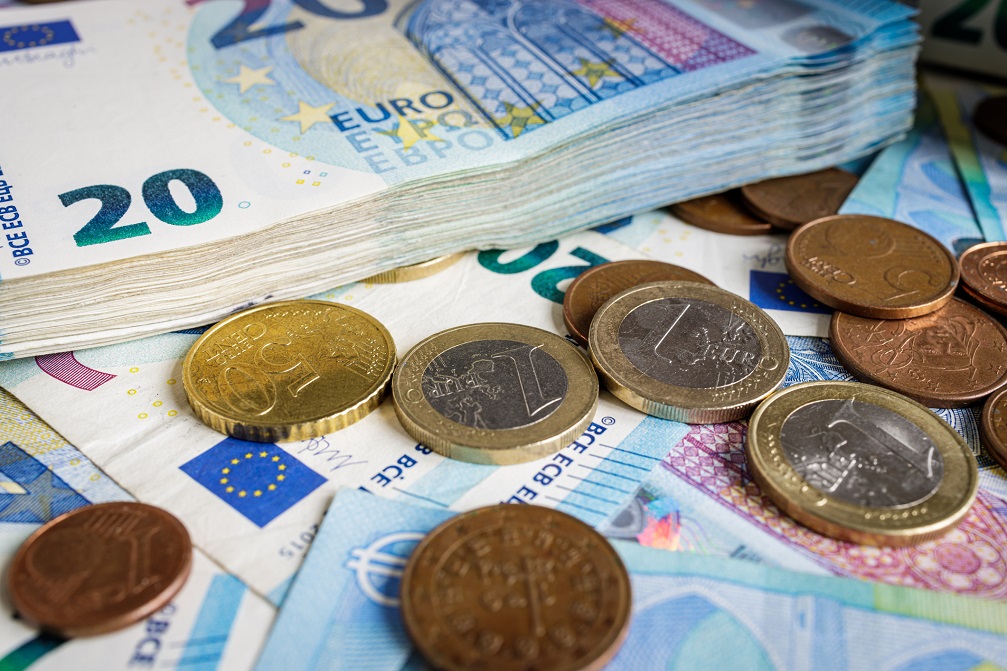


The euro (EUR) is Belgium’s official and widely used currency. One euro is split into 100 cents.
Banknotes are in denominations of 5, 10, 20, 50, 100, 200, and 500. However, locals seldom use or accept the EUR200 and EUR500 notes. Coins come in denominations of 1, 2, 5, 10, 20, and 50 cents and 1 and 2 euro coins.
You can use your credit or debit card anywhere in Belgium, but you might experience some inconveniences. Smaller shops and simple eateries may only accept cash. Also, you may be required to show ID when making a purchase with your card.
Luckily, you can find ATMs all around the country near bus and train stations, shopping malls, and gas stations.
German, French, and Dutch are the three official languages spoken in Belgium. Belgian French and Belgian Dutch (or Flemish) differ slightly from the dialects spoken in France and the Netherlands in terms of vocabulary and grammatical nuances.
Over half of the population in the northern regions speaks Flemish. Belgian French is spoken primarily in the south and in the capital, Brussels. In the eastern Liège province, you’ll find the majority of the German speakers.
Despite the language diversity of Belgians, many people speak English, so it’ll be easy to travel around certain provinces.
You’ll need to be mindful of the language you speak in specific areas. For instance, it’s best to avoid speaking French in the north. You can try speaking Dutch, but residents will often speak in English if they notice you’re a foreigner.
Here are some common Belgian Dutch words and phrases to use when travelling in the northern areas:
- Hello – Goeiedag
- Good evening – Goeden avond
- Goodbye – Tot ziens
- Thank You – Dank u wel
- Please – Alstublieft
- Excuse me – Sorry
- Where is xx? – Waar is xx?
- How much xx? – Hoeveel kost xx?
You might get by with basic French if you’re traveling in the south. These are some words and phrases in Belgian French you should familiarize yourself with:
- Hello – Bonjour
- Good evening – Bonsoir
- Goodbye – Au revoir
- Thank You – Merci
- Please – S’il vous plait
- Excuse me – Excusez-moi
- Where is xx? – Ou se trouve xx?
- How much xx? – Combien coute xx?
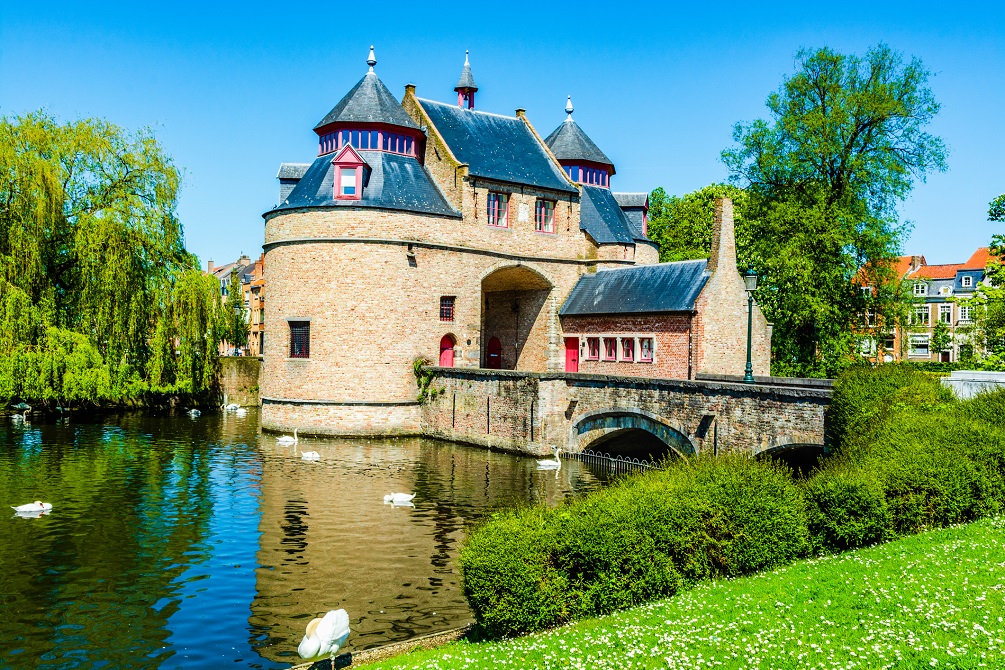


You may notice slight nuances in the traditions of locals as you’re traveling around Belgium. These differences result from the linguistic diversity of the country.
There are three culturally distinct communities in Belgium: the Flemings, the Walloons, and the German-speakers.
The Flemings who speak Dutch (or Flemish) account for over half of Belgium’s population. They live in the five northern and northeastern provinces of the country.
The French-speaking Walloons makeup one-third of the population and are concentrated in the five southern provinces.
The German-speaking community occupies a small stretch of land on the eastern side of the country.
Differences between the regions are preserved through educational initiatives and patronage of the arts. Belgian cultural and artistic heritage is embodied in paintings, music, dramas, novels, and mapmaking.
Belgium is a secular country, but the majority of the population belongs to the Roman Catholic Church. Muslims, Protestants, and Jews are among the religious minorities.
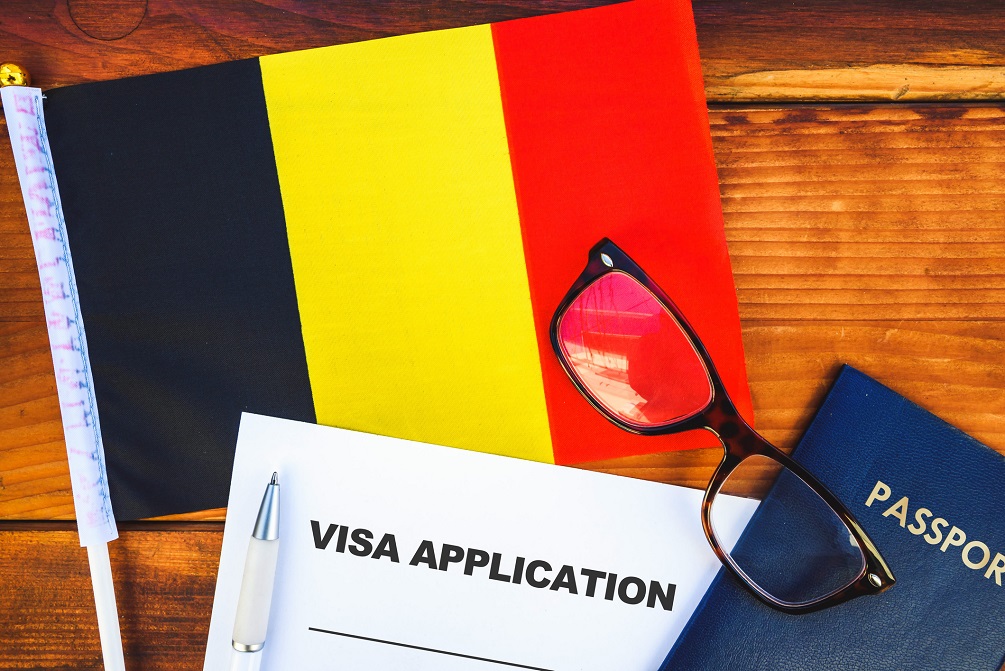


British Nationals don’t need a visa to enter Belgium. You can stay for up to 90 days within a 180-day period. This is a condition of travel to any Schengen country, so ensure you plan your itinerary planned for a 90-day stay.
If you want to stay longer in Belgium, you must meet the Belgium government’s entry requirements. In this case, you’ll need to make an inquiry with the Belgium embassy.
You may be asked to produce proof of an onward travel or return ticket. Also, you may be required to show that you have enough money for the duration of your stay in Belgium.
As for your passport, it must be valid for at least three months after you depart from Belgium. It shouldn’t be older than ten years either.
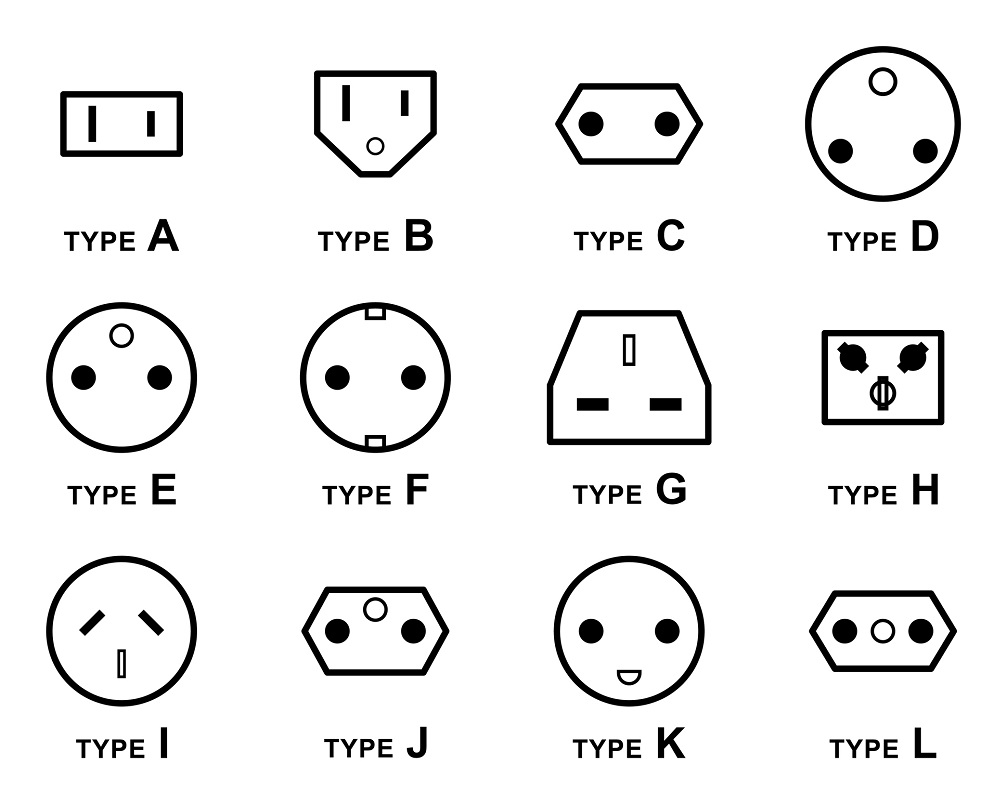


The plugs and sockets used in Belgium are type E (round with two prongs and a grounding pin). Type C (flat with two round pins) can also be used.
Sockets supply a standard voltage of 230 V and a standard frequency of 50 Hz.
You should bring along a universal adapter with surge protection and a convertor for hairdryers and hot tools.



Nestled in the north of the European landmass beside the North Sea, Belgium is far from ordinary. Despite being the smallest and most densely populated country on the continent, it’s multicultural and multilinguistic.
Most of Belgium’s population comprises EU-born residents, but there are many foreigners from North and Central Africa, Southwest Asia, and the Middle East.
Belgium has a rich cultural scene defined by festivals, exhibits, theatre, and dances. There are various carnivals and seasonal celebrations hosted annually.
History buffs can have a wonderful experience exploring over 3000 castles and numerous museums dotted around the country.
Foodies can indulge to their heart’s content in Belgium’s culinary delights, great beer, and fine chocolates. There are a thousand breweries to explore and a range of beers to sample.
Naturists will adore the Ardennes, the verdant heart of Belgium, where hiking and outdoor sports can never disappoint.



Belgium lies in North-western Europe beside the Atlantic Ocean. It shares a border with the Netherlands to the north, Germany to the east, Luxembourg to the southeast, and France to the south. Its coast lies on the North Sea.
Three regions make up Belgium: the Flanders in the north, the Walloon in the south, and the Brussel-capital area roughly at its centre.
Belgium is a low-lying country with three significant geographic characteristics. On its shoreline is a coastal plain marked by sand dunes and polders, while the central regions lie on a plateau. Both the coastal plain and central plateau belong to the Anglo-Belgian basin.
The coastal plains along the Atlantic extend into a hilly landscape in the country’s southeast where the thickly forested and mountainous Ardennes lies. The capital, Brussels, is in the central plateau.
Several canals wind through Belgium’s landscape, connecting to the many river systems flowing north-eastward.



Belgium has an oceanic climate, resulting from its proximity to the Atlantic Ocean. However, this climate is only unique to certain parts of the country.
Because of changes in elevation and distance from the Atlantic, the climate changes slightly as you travel inland. The weather is tropical, with significant seasonal temperature variations.
Lying roughly at the heart of the country, Brussels experiences a mean maximum temperature of approximately 22 °C (71 °F) in July and a mean minimum temperature below 0 °C (32 °F) in January.
Like most countries in northwest Europe, precipitation is generous in Belgium, averaging 30 to 40 inches (750 to 1,000 mm) a year.
The coldest region is the Ardennes in southeast Belgium, which also receives the most rainfall. The Flanders region in the north experiences much warmer weather throughout the year. By the coast, it’s generally hot with low rainfall.
Winters (November to March) in Belgium are wet and cool with frequent fogs. The average temperature can be about 3 to 7 °C (37 to 45 °F). Canals freeze over and transform into ice skating rinks, which is perfect if you love cold weather and skiing.
The Belgium Christmas market and the carnivals in regions around Stavelot and Binche occur during winter.
Summer (July to August) has warmer but mild weather. The average temperature ranges from 20 to 25 °C (60 to 77 °F). During this season, expect crowds, since most people are on vacation, and high prices on accommodation and flights.
If you want to catch a Belgian festival, like the Ghent Film Festival or Tomorrowland, summer is prime.
Spring and fall are the best times to visit Belgium because the weather is pleasant enough to wander around the country. Hues of scarlet, gold, and yellow cloak majestic hillsides and fresh blossoms sprout across the land.
It’s less crowded during spring and fall and there’s plenty to do. You can attend the Brussels Film Festival or the Jazz Marathon. You’ll also be able to immerse yourself more in the culture and traditions of the country. Fall is best for hiking and trekking in the mountainous regions of the Ardennes.



Belgium cuisine is more than waffles and moules frites (mussels served with french fries).
By the seaside, you can indulge in shrimp croquettes or tomatoes stuffed with shrimp. In the south, try a Liège-style salad with beans, bacon, and potatoes or rabbit sauce meatballs, with Liège syrup and brown sugar.
Traditional Belgian dishes are hearty. Flemish beef stew, stewed eel in a green herb sauce, and rabbit braised in Gueze are some meals worth trying.
Other local delicacies include whelks, stoemp (mashed potatoes with vegetables), and french fries with mayonnaise.
Belgian chocolate is renowned around the world, with the most popular brands being Neuhaus, Côte d’Or, and Godiva. Belgium also produces some of the best beer.



The time of year you’re travelling to Belgium dictate what you should wear.
If you’re travelling in summer, light and breathable clothing is best. You can pack shorts, t-shirts, dresses, or skirts—any garments that won’t be stifling. The same goes for spring as the season gears up for the warmth of summer.
Winters in Belgium aren’t as cold compared to other European countries, but you should dress in layers. Pack coats, gloves, scarves, and a good pair of boots with thick rubber soles.
For a fall trip, ensure you pack a light winter jacket to account for fluctuating temperatures.



The euro (EUR) is Belgium’s official and widely used currency. One euro is split into 100 cents.
Banknotes are in denominations of 5, 10, 20, 50, 100, 200, and 500. However, locals seldom use or accept the EUR200 and EUR500 notes. Coins come in denominations of 1, 2, 5, 10, 20, and 50 cents and 1 and 2 euro coins.
You can use your credit or debit card anywhere in Belgium, but you might experience some inconveniences. Smaller shops and simple eateries may only accept cash. Also, you may be required to show ID when making a purchase with your card.
Luckily, you can find ATMs all around the country near bus and train stations, shopping malls, and gas stations.
German, French, and Dutch are the three official languages spoken in Belgium. Belgian French and Belgian Dutch (or Flemish) differ slightly from the dialects spoken in France and the Netherlands in terms of vocabulary and grammatical nuances.
Over half of the population in the northern regions speaks Flemish. Belgian French is spoken primarily in the south and in the capital, Brussels. In the eastern Liège province, you’ll find the majority of the German speakers.
Despite the language diversity of Belgians, many people speak English, so it’ll be easy to travel around certain provinces.
You’ll need to be mindful of the language you speak in specific areas. For instance, it’s best to avoid speaking French in the north. You can try speaking Dutch, but residents will often speak in English if they notice you’re a foreigner.
Here are some common Belgian Dutch words and phrases to use when travelling in the northern areas:
- Hello – Goeiedag
- Good evening – Goeden avond
- Goodbye – Tot ziens
- Thank You – Dank u wel
- Please – Alstublieft
- Excuse me – Sorry
- Where is xx? – Waar is xx?
- How much xx? – Hoeveel kost xx?
You might get by with basic French if you’re traveling in the south. These are some words and phrases in Belgian French you should familiarize yourself with:
- Hello – Bonjour
- Good evening – Bonsoir
- Goodbye – Au revoir
- Thank You – Merci
- Please – S’il vous plait
- Excuse me – Excusez-moi
- Where is xx? – Ou se trouve xx?
- How much xx? – Combien coute xx?



You may notice slight nuances in the traditions of locals as you’re traveling around Belgium. These differences result from the linguistic diversity of the country.
There are three culturally distinct communities in Belgium: the Flemings, the Walloons, and the German-speakers.
The Flemings who speak Dutch (or Flemish) account for over half of Belgium’s population. They live in the five northern and northeastern provinces of the country.
The French-speaking Walloons makeup one-third of the population and are concentrated in the five southern provinces.
The German-speaking community occupies a small stretch of land on the eastern side of the country.
Differences between the regions are preserved through educational initiatives and patronage of the arts. Belgian cultural and artistic heritage is embodied in paintings, music, dramas, novels, and mapmaking.
Belgium is a secular country, but the majority of the population belongs to the Roman Catholic Church. Muslims, Protestants, and Jews are among the religious minorities.



British Nationals don’t need a visa to enter Belgium. You can stay for up to 90 days within a 180-day period. This is a condition of travel to any Schengen country, so ensure you plan your itinerary planned for a 90-day stay.
If you want to stay longer in Belgium, you must meet the Belgium government’s entry requirements. In this case, you’ll need to make an inquiry with the Belgium embassy.
You may be asked to produce proof of an onward travel or return ticket. Also, you may be required to show that you have enough money for the duration of your stay in Belgium.
As for your passport, it must be valid for at least three months after you depart from Belgium. It shouldn’t be older than ten years either.



The plugs and sockets used in Belgium are type E (round with two prongs and a grounding pin). Type C (flat with two round pins) can also be used.
Sockets supply a standard voltage of 230 V and a standard frequency of 50 Hz.
You should bring along a universal adapter with surge protection and a convertor for hairdryers and hot tools.
Travel related news, information and inspirational articles and videos for travellers booking flights or holidays to Belgium. Ask questions about travel in Belgium and get answers from Belgium experts
NEWS
Inspiration, Information and Travel Guides
MEET THE Belgium EXPERTS
If you are looking to book a holiday to Belgium or needs some help and advice planning travel to Belgium then contact one of the UK based independent travel agents that specialise in Belgium itineraries.
FEATURED VIDEOS
Your Travel Questions Answered
Ask any travel related question and get an answer from one of our experts that will provide you with an answer from their personal experience
There is no question for this category.

